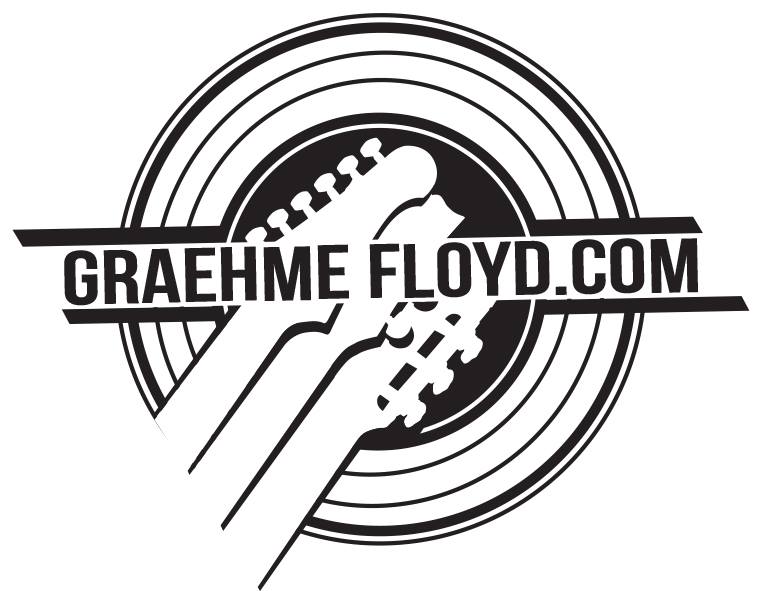 One of the most important areas to develop as a guitar is your ability to play chords. As a beginner you are going to need to spend time to learn guitar chords that you will need over and over again. But, it doesn’t have to take hours to get them down!
One of the most important areas to develop as a guitar is your ability to play chords. As a beginner you are going to need to spend time to learn guitar chords that you will need over and over again. But, it doesn’t have to take hours to get them down!
In this short primer I’m going to give you a simple walk-through of the method that I use and teach my students when learning new chords. It should help make any new chord you learn easier to get down and ready to play the music.
Regardless of you skill level on the guitar, there are several steps that you should follow when learning a new chord on your guitar.
Learn Guitar Chords Step-by-Step
Here are the steps you will need to follow when you learn guitar chords. Once you have spend enough time using these steps, you find yourself doing them automatically when you learn guitar chords you don’t know. For now, I recommend that you follow each step carefully, using the exercises included to help improve your ability to play your chords.
1. Play It
The first step, which should be obvious, is to just play the chord. Whether you’ve learned the chord from a chord sheet or book, figured it out by ear from a song, or found it with the chart for a new tune, you’ve got to be able to just play the chord first.
If you are having trouble just playing the chord on its own, then you may want to seek some advice from a more experienced players; there are many reasons why you might be having trouble with a particular chord, so it’s hard to give a single solution that fits everything.
2. Memorize It
The next step is to be able to play the chord from memory; no cheat sheets!
Be careful about the type of memory that you test with this. Ideally, you want to be able to play the chord after returning to the chord fresh on a new day; you haven’t looked over your chord sheet for at least a few hours. This is a true test of your memorization.
3. Make It Effortless
Now that you can play the chord and can remember it without help, you need to make it as easy as possible to play; you don’t want to be fighting with your hands whenever it’s time to play the chord.
To help with this, I recommend using the Chord Release exercise:
Chord Release Exercise
Variation #1 – Small DistanceInstead of just relaxing, bring your fingers a few millimeters away from the strings when relaxing. Variation #2 – Big DistanceAs with variation #1, but when relaxing bring your fingers a few centimeters or more away from the strings. Variation #3 – Rest PositionAs with preview variations, but when you relax you are going to let your arm hang at your side completely relaxed and limp. |
Although I’ve recommended 50 repetitions above, the idea is to repeat the exercise until it becomes effortless to do; if it takes more or less repetitions to reach that point, than so be it.
4. Use It
Now that you can play the chord effortlessly, it’s time to use it in a musical form. The two easiest ways to do this are to use the chord to play a chord progression or to learn a song.
Using your new chord to learn a song is a lot more fun and rewarding than just playing a chord progression, but it isn’t always that easy. The more complex the chord you learn, the more difficult it becomes to find a song that uses it; do you know any chords that use an F#7(9,#11) off the top of your head? Didn’t think so.
Because it isn’t always easy to find a song for your new chord, it is a very useful skill to know how to just create simple chord progressions of your own to use with new chords.
Here is a simple way to create your own chord progression to make learning your new chord easier:
Creating a Simple Chord Progression for a New Chord
Example Chord Progression
|
Once you have worked through these four steps, you should be comfortable enough with your new chord to use it any situation that shows up! Repeat the steps when ever you learn guitar chords in the future.
The fourth step in this method can be challenging – trying to connect chords together is one of the major hurdles as a beginner. If you are having trouble putting different chord together, take a look at the Guitar Chords Connection series of articles. They include a number of exercises and tips that will help.

